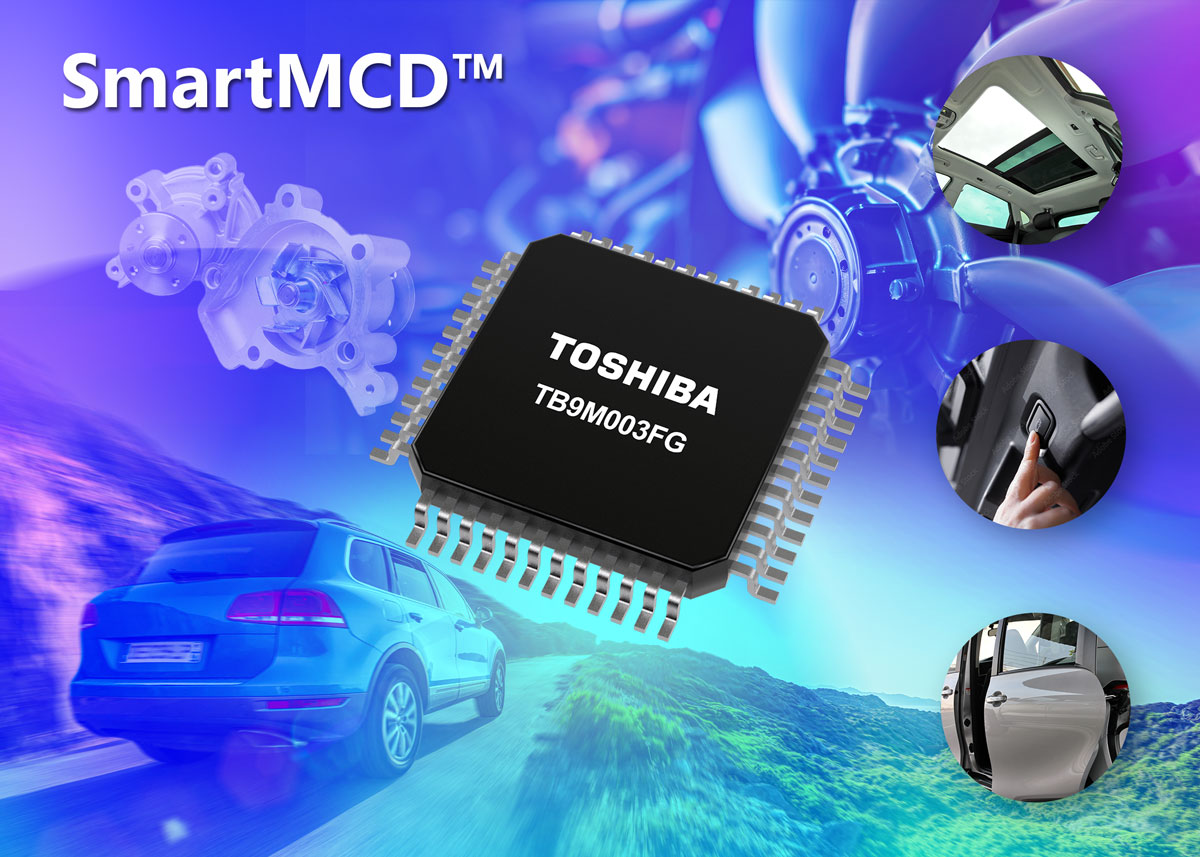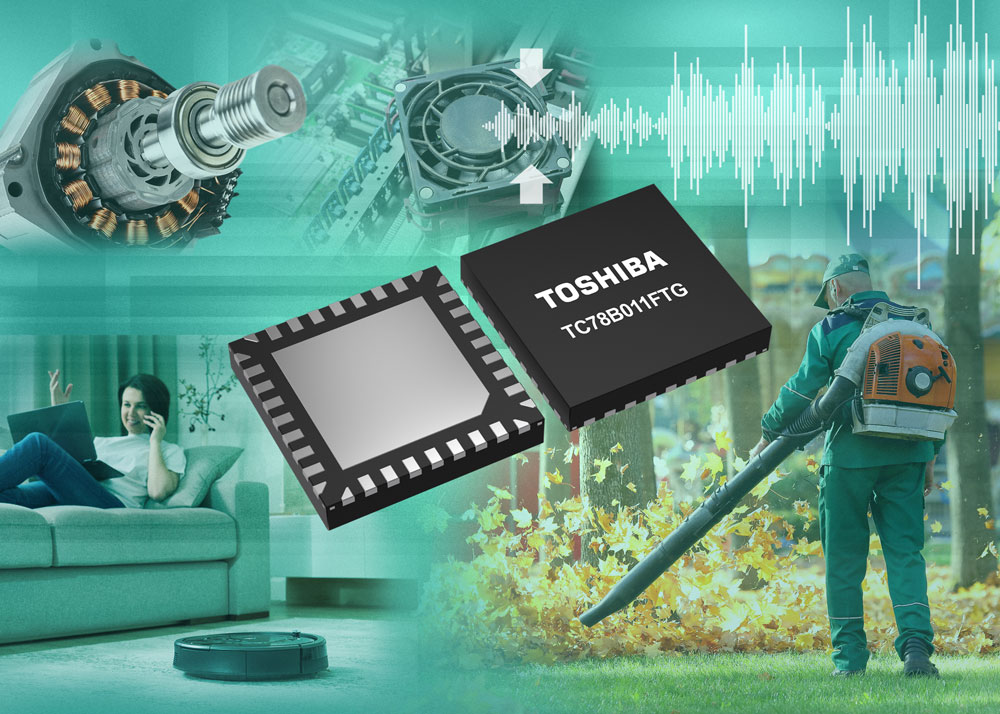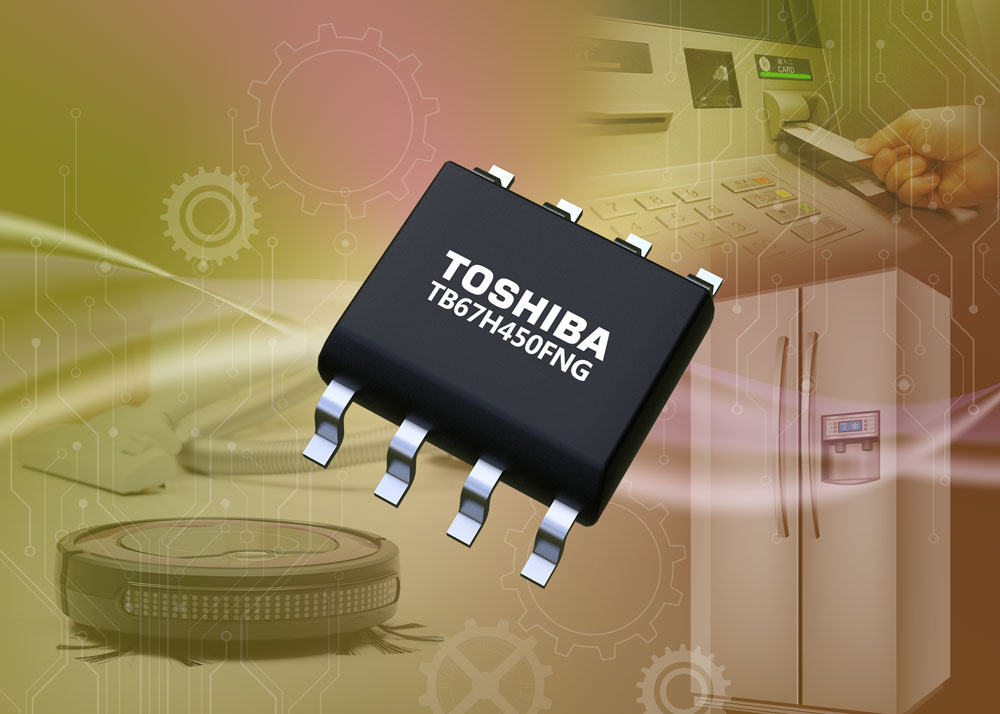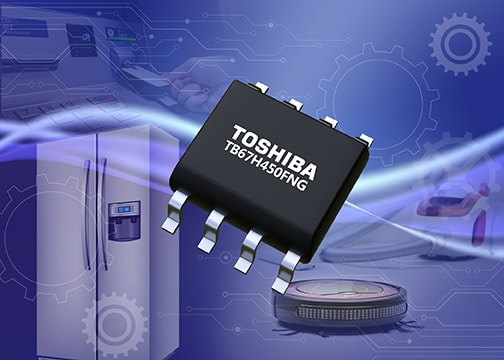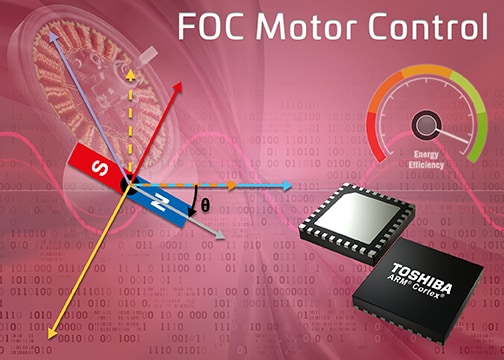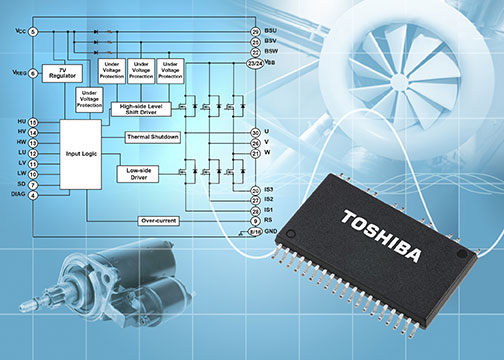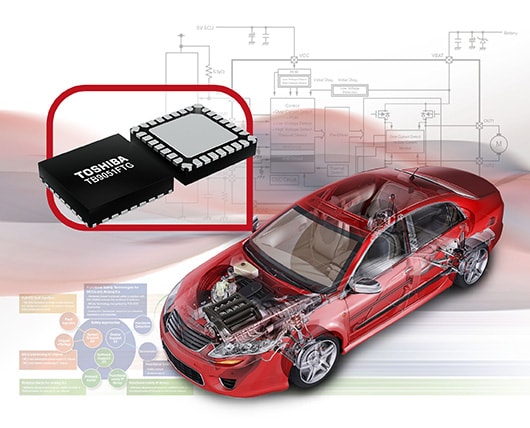- General Top
- SEMICONDUCTOR
- STORAGE
- COMPANY
-
My ToshibaSemicon
- Semiconductor Top
-
ApplicationsAutomotive
Body Electronics
xEV
In-Vehicle Infotainment
Advanced Driver-Assistance Systems (ADAS)
Chassis
IndustrialInfrastructure
BEMS/HEMS
Factory Automation
Commercial Equipment
Consumer/PersonalIoT Equipment
Healthcare
Wearable Device
Mobile
Computer Peripherals
-
ProductsAutomotive Devices
Discrete Semiconductor
Diodes
Transistors
Logic ICs
Analog Devices
Digital Devices
Wireless Devices
※
: Products list (parametric search)
Power SemiconductorsSiC Power Devices
※
: Products list (parametric search)
Isolators/Solid State RelaysPhotocouplers
Digital Isolators
Solid State Relays
Fiber Optic Transmitting Modules
※
: Products list (parametric search)
MOSFETsIGBTs/IEGTsBipolar Transistors※
: Products list (parametric search)
Diodes※
: Products list (parametric search)
MicrocontrollersMotor Driver ICsIntelligent Power ICs※
: Products list (parametric search)
Power Management ICsLinear ICs※
: Products list (parametric search)
General Purpose Logic ICsLinear Image SensorsOther Product ICsOther Product ICs
※
: Products list (parametric search)
-
Design & Development
Design & Development
Innovation Centre
At the Toshiba Innovation Centre we constantly strive to inspire you with our technologies and solutions. Discover how to place us at the heart of your innovations.
-
Knowledge
Knowledge
Highlighted Topics
Further Materials
Other
- Where To Buy
- Part Number & Keyword Search
- Cross Reference Search
- Parametric Search
- Stock Check & Purchase
This webpage doesn't work with Internet Explorer. Please use the latest version of Google Chrome, Microsoft Edge, Mozilla Firefox or Safari.
require 3 characters or more. Search for multiple part numbers fromhere.
The information presented in this cross reference is based on TOSHIBA's selection criteria and should be treated as a suggestion only. Please carefully review the latest versions of all relevant information on the TOSHIBA products, including without limitation data sheets and validate all operating parameters of the TOSHIBA products to ensure that the suggested TOSHIBA products are truly compatible with your design and application.Please note that this cross reference is based on TOSHIBA's estimate of compatibility with other manufacturers' products, based on other manufacturers' published data, at the time the data was collected.TOSHIBA is not responsible for any incorrect or incomplete information. Information is subject to change at any time without notice.
require 3 characters or more.
Second sourcing is an essential strategy for modern technology
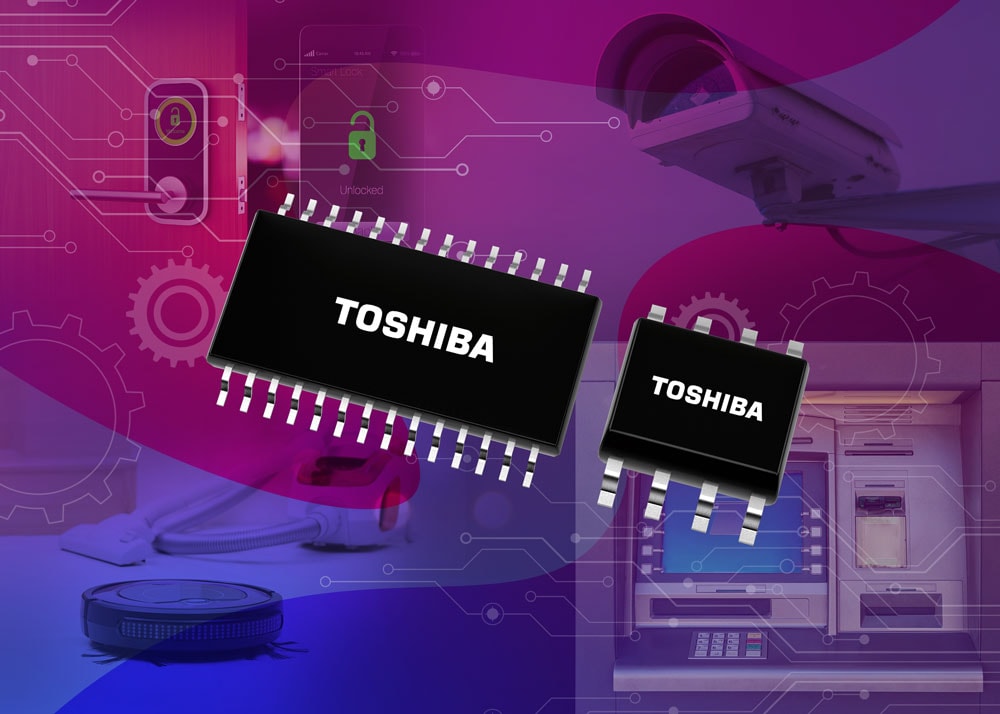
An essential aspect of managing a supply chain is reducing exposure to risk so that supply remains uninterrupted. With natural disasters seeming to feature more frequently on the news these days, the risk that a factory can no longer produce is very real. Somewhat less dramatic but equally impactful to supply is a supplier taking a commercial decision to issue a product discontinuation notification (PDN) for an old(er) product.
With technology moving so fast and new generations often offering better performance than the previous while being cheaper to manufacture, the chances of a product being discontinued are high. Even if the replacement is claimed to be ‘drop in’, this must be verified by engineering which can take time and interrupt manufacturing. In some cases, a partial redesign may be required, driving both cost and risk. If the end product holds safety approvals then the timescale can be much longer.
While a ‘lifetime buy’ may offer some respite there are risks and costs here as cash will be tied up in inventory that, ultimately, may not all be required. Sourcing from an obsolete component broker may allow manufacturing to continue, but the impact on the bottom line is usually significant – and there is always the risk of counterfeits.
To avoid this situation, second sourcing at the design stage is a valuable strategy. In fact, many companies mandate that designers must identify components that have the same form factor (pin compatibility) and identical (or better) electrical specifications as the original component (drop-in compatibility) which other competing suppliers are still actively producing.
This approach allows an OEM to continue manufacturing the end product and has several advantages when done proactively. If their ‘preferred’ component is no longer being made or becomes the subject of a PDN then orders can be moved to an alternate supplier with little or no impact on the supply chain. With multiple sources, the OEM also has greater price leverage, allowing them more opportunity to meet challenging cost targets.
There are many benefits to making second sourcing the primary mode of operation.


